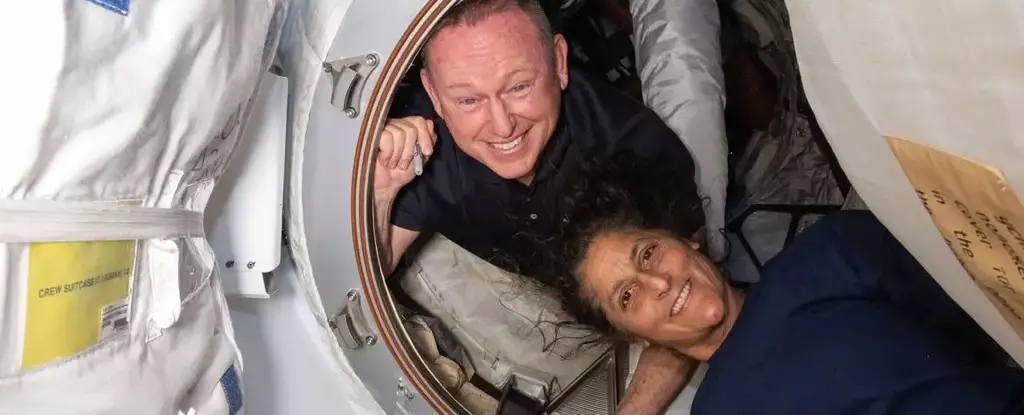The recent decision by NASA to extend the stay of US astronauts aboard the International Space Station due to Boeing’s Starliner malfunctions has dealt a significant blow to the reputation of the aviation giant. Barry “Butch” Wilmore and Sunita “Suni” Williams were set to return home after weeks of delays caused by thruster issues with Starliner, but they will now have to wait an additional six months. This delay has disrupted the original plan for Starliner to return uncrewed in February, forcing the astronauts to remain in orbit longer than anticipated.
NASA Administrator Bill Nelson emphasized the agency’s commitment to safety, stating that space flight, especially during test flights, is inherently risky. By keeping the astronauts on the ISS and returning the Starliner uncrewed, NASA aims to continue gathering data on the spacecraft’s performance while prioritizing the well-being of the crew. This decision reflects the agency’s core value of safety and its determination to avoid unnecessary risks to the astronauts.
The extended stay of the astronauts on the ISS presents another challenge for Boeing, which has faced numerous setbacks and issues with its Starliner spacecraft. Originally planned as an eight-day mission, the astronauts will now spend a total of eight months in orbit, highlighting the complexities and uncertainties of space travel. Despite this setback, NASA has reassured its confidence in Boeing and expressed its intention to collaborate with the company to ensure the availability of multiple crew transportation options to the ISS.
In an unprecedented move, NASA has decided to bring the astronauts back to Earth aboard a SpaceX vehicle in February, rather than on their own spacecraft. This decision was made after extensive consultations and evaluations of the risks involved in using the Starliner for the return journey. The SpaceX Crew-9 mission will accommodate the returning astronauts, with adjustments being made to the seating configuration and payload to accommodate the unexpected change in plans.
The setbacks faced by Boeing in the development and operation of the Starliner spacecraft have raised concerns about the company’s reliability and capabilities in the aerospace industry. With SpaceX emerging as the dominant player in crewed space missions, Boeing’s reputation has taken a hit, particularly in light of safety and quality control issues. The competition between Boeing and SpaceX to provide crew transportation services to the ISS has intensified, with SpaceX leading the way in successful missions and operational reliability.
The decision to extend the stay of astronauts on the ISS and alter the return plan for the Starliner spacecraft underscores the complexities and challenges inherent in space exploration. Boeing’s ongoing struggles with the Starliner program have highlighted the importance of safety, reliability, and contingency planning in crewed space missions. As NASA continues to work with both Boeing and SpaceX to ensure reliable transportation to the ISS, the future of commercial crewed spaceflight remains a dynamic and evolving landscape.



Leave a Reply